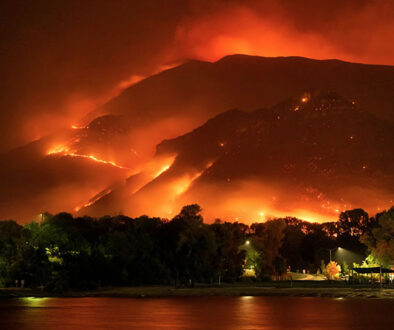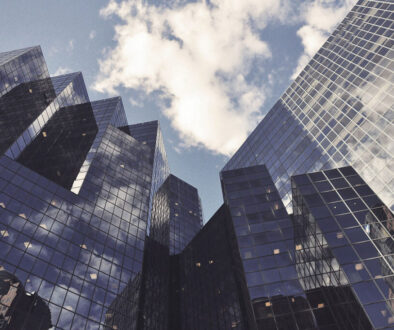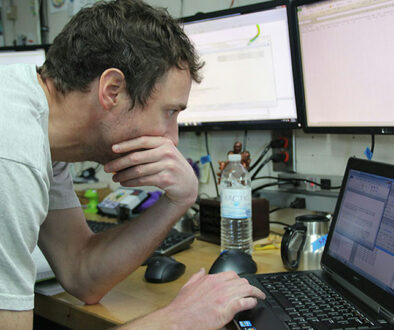Is meat and dairy really that bad for the climate?
The science is unequivocal. The 12-minute video above succinctly outlines this complex issue. The figures at the bottom of this page are eye-watering…and that’s just from processing meat and dairy.
“From production to transportation packaging use and waste management, based on the most detailed meta analysis of life cycle assessments to date, on average it takes 71kg of CO2 to produce 1kg of beef. For lamb, it’s about 40kg; pigs 12kg; and poultry 10kg.
“Some 26% of greenhouse gasses comes from agriculture. By far the largest share is methane and nitrous oxide from cattle. Methane alone has already caused caused around 24-40% of human-made warming.
“The destruction of forests for farmland not only releases the CO2 that was bound in the flora, it sets free carbon that was stored in the soil and destroys its ability to store it in the future. This aspect accounts for much of the range of emissions in beef.”
This loss continues in Aotearoa (13,000 hectares lost in the past 5 years alone). Then there’s the nitrogen and phosphates added to farms that ends up in waterways, which results in, amongst other things, algae blooms that emit methane when they die:
“Between 1991 and 2019, estimates from sales data of nitrogen applied to land in fertiliser increased from 62,000 to 452,000 tonnes (just over a sixfold increase, 629 percent).
“Since our last update of this indicator in April 2019, there was a 5.4 percent increase from 2015 to 2019 in nitrogen applied from fertiliser. In this period, urease inhibitor use increased 48 percent.” – Statistics NZ
And then there’s the palm oil imported to feed our ‘grass fed’ cows:
“A new Greenpeace International report has found evidence of systematic violations by the Indonesian Government regarding plantation and forest release permits in the Papua region. The report also finds that clearing forest for palm plantations in the Papua area could release huge amounts of carbon into the atmosphere, undoing previous climate action.
“New Zealand is the world’s biggest importer of palm kernel expeller–a product of the palm industry used as supplementary feed for New Zealand’s 6.5 million dairy cows.
“In 2018, a Greenpeace investigation found that Fonterra’s key supplier of PKE, Wilmar International, has been linked with the mass destruction of rainforest in Papua, Indonesia. In 2020, Fonterra handed over its half of PKE-importing business Agrifeeds to business partnerWilmar International.
“Greenpeace Aotearoa campaigner Amanda Larsson says the dairy industry’s continued use of PKE is one of myriad ways that intensive dairying is fuelling the climate crisis.
“Right now, dairying is New Zealand’s biggest climate polluter. We’ve got methane from 6.5 million cows, nitrous oxide from cows and synthetic nitrogen fertiliser, and carbon from the coal used to process milk,” says Larsson.” – Greenpeace April, 2021
Finally, there’s the carbon cost of processing all that meat and dairy. Remember, this is in addtion to the methane, nitrous oxide and CO2 emissions from growing this meat on farms. Fonterra is the worst carbon polluter in the country, emitting a staggering 16.3 million tonnes of eCO2 in 2020 alone. Silver Fern farms emitted 8.3 million tonnes (Table 9 below: from the New Zealand Government EPA report ‘ETS Participant Emissions‘, October 2021, pages 27-30).
So yes, meat and dairy really is that bad for the climate.





